Results
-
 £2.25
£2.25Our Winter Wonderland (3 Part Mixed Choral Octavo) - Snyder, Audrey
This sparkling medley is perfect for groups of all ages. Add the concert band and string parts and feature the entire music department! Songs include: Winter Wonderland; Let It Snow! Let It Snow! Let It Snow!; The Most Wonderful Time of the Year.
Estimated dispatch 7-14 working days
-
 £2.35
£2.35Our Winter Wonderland (2 Part Choral Octavo) - Snyder, Audrey
This sparkling medley is perfect for groups of all ages. Add the concert band and string parts and feature the entire music department! Songs include: Winter Wonderland; Let It Snow! Let It Snow! Let It Snow!; The Most Wonderful Time of the Year.
Estimated dispatch 7-14 working days
-
 £79.99
£79.99The Painted Desert (Concert Band - Score and Parts) - Sparke, Philip
The south-western US state of Arizona has more than its fair share of stunning landscapes, natural phenomena and National Monuments. Best known is the Grand Canyon, but there are also numerous deserts, a petrified forest, extinct volcanoes and the huge Sunset Crater. Not surprisingly, it has featured as the backdrop to many Western movies. The Painted Desert is a narrow, crescent-shaped arc about 160 miles long which begins near the Grand Canyon and varies in width from 10 to 35 miles. It is largely void of vegetation and years of erosion by wind and rain have exposed sedimentary layers of rock up to 250 million years old. Chemical differences in the various layers result in an effect not unlike a multicoloured layer cake with contrasting hues of red, orange and pink, blue, grey and lavender creating a silent and barren landscape which looks like it has been hand-painted. As with much of the planet's stunning landscapes all the observer can do is stand and stare.Duration: 3:45
Estimated dispatch 7-14 working days
-
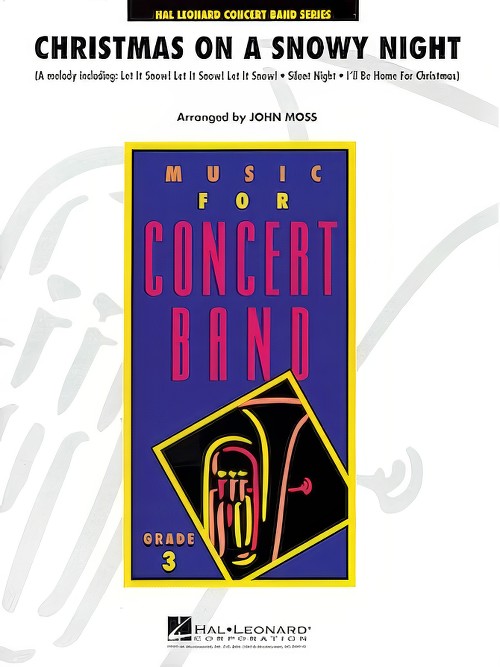 £64.99
£64.99Christmas on a Snowy Night (Concert Band - Score and Parts) - Moss, John
As you listen to this beautifully orchestrated medley of Christmas favourites, imagine all the warmth and glow surrounding what is best about the Christmas season. Including Let It Snow! Let It Snow! Let It Snow!, Silent Night and I'll Be Home for Christmas, this arrangement is scored to sound rich and full as only John Moss can do.
Estimated dispatch 7-14 working days
-
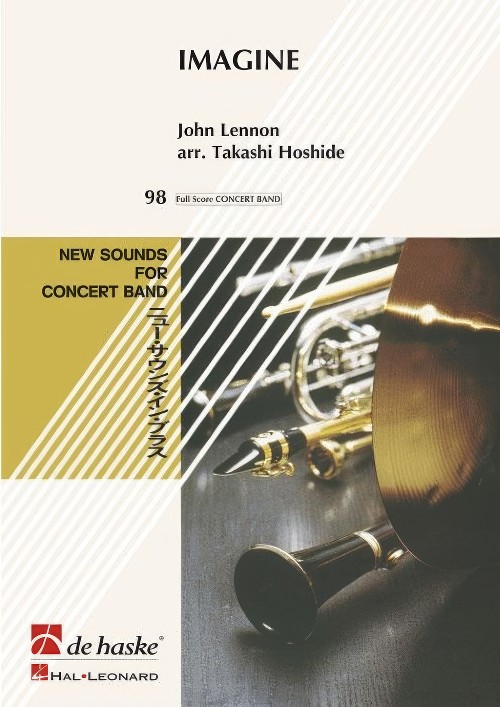 £110.99
£110.99Imagine (Concert Band - Score and Parts) - Lennon, John - Hoshide, Takashi
John Lennon's career was far from over when in April 1970, following the recording of the album Let It Be, the Beatles split up. This musically gifted and creative composer of many Beatles songs had a number of solo hits before he was tragically killed in 1980. Imagine was one of John Lennon's best songs and it remained in the charts long after his death. It is still not forgotten and is now thought of as a true pop classic. Takashi Hoshide has produced this attractive arrangement for concert band. Duration: 4.15
Estimated dispatch 7-14 working days
-
 £79.99
£79.99Simple Sarabande (Concert Band - Score and Parts) - Sparke, Philip
The sarabande originated in the early 17th century and is a stately dance in triple time. It was popular in France and Spain but as a dance it quickly spread throughout the courts of Europe and the style was soon adopted into instrumental music in dance suites for solo instruments as well as orchestra. Something of this style has influenced Simple Sarabande and although its harmonic language is perhaps more up-to-date, it could be seen as a period piece.Duration: 2:15
Estimated dispatch 7-14 working days
-
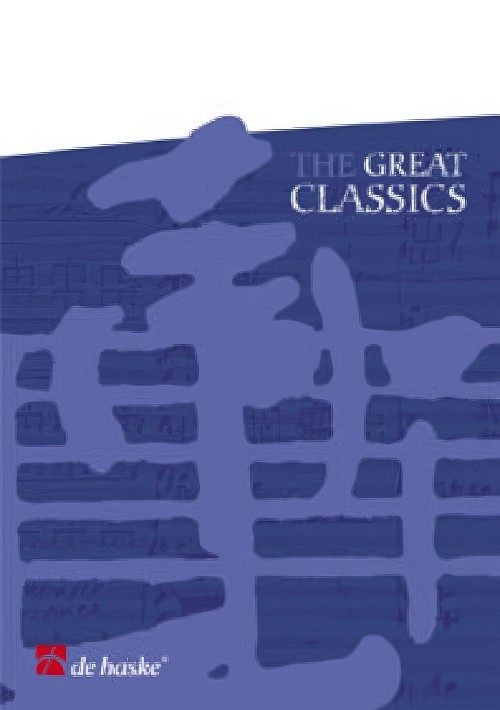 £139.99
£139.99The Abduction from the Seraglio (Concert Band - Score and Parts) - Mozart, Wolfgang Amadeus - Takahashi, Tohru
"Wonderful! But, aren't there too many notes?" asked the emperor Joseph II. "No, all notes are necessary. This is new music," replied Mozart. This is a famous anecdote about the premiere of the opera Die Entfuhrung aus dem Serail (The Abduction from the Seraglio), which took place on July 16, 1782 at the Burgtheater Wien (Vienna). It illustrates Mozart's ambition and self-confidence. Throughout Mozart's lifetime, Die Entfhrung aus dem Serail was his most successful work outside of Vienna. It is still a much-performed opera. Tohru Takahashi has made a lively arrangement of the overture in its original key, C major. It will sound even better if your band has Turkish percussion instruments at its disposal.Duration: 6.15
Estimated dispatch 7-14 working days
-
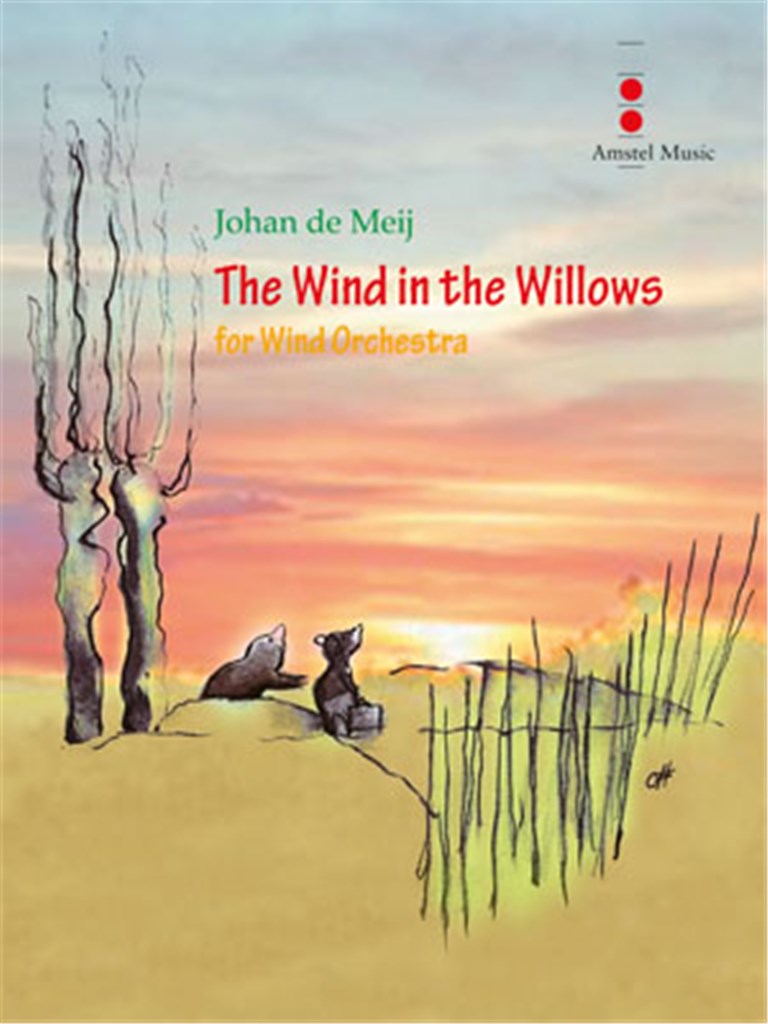 £250.00
£250.00The Wind in the Willows (Concert Band - Score and Parts) - De Meij, Johan
A book for those who keep the spirit of youth alive in them; of life, sunshine, running water, woodlands, dusty roads, winter firesides, said author Kenneth Grahame (1859-1932) about his children's book The Wind in the Willows. Initially, he wrote the stories about Ratty, Mole, Badger and Toad to read to his visually handicapped son Alistair, but after the publication in book form in 1908, it became a worldwide success. It was later also turned into a film and a television series. What appealed ti the composer most is the friendly, very cosy atmosphere that Grahame has managed to create with his optimistic narrative style full of high spirits, an atmosphere that reminds thecomposer of his own carefree youth. It was therefore a great pleasure to set this book to music! The four movements successively describe: I) The River- The river, which flows through the habitat of the animals like a lifeline, regularly is the scene of pleasant boat trips and picnics. The animals lead their untroubled lives here. The four-tone main motif [A-C-D-C] is extensively presented by the brass section, and returns in the following movements as a countermelody. II) Ratty and Mole -The bright, energetic Rat and the melancholy doubter Mole are inseparable friends and have many adventures. Their opposite characters are illustrated by separate musical themes. III) Mister Toad - The wilful, haughty Mister Toad is indeed a unique case: time after time, he runs into tricky situations, and with his indomitable passion for fast, preferably stolen, cars he causes quite a lot of damage... IV) The Return of Ulysses - After Toad Hall, the majestic residence of Mister Toad, is recovered from the weasels and stoats of the Wild Wood, who had captured the estate in a cowardly way, our friends get ready for a banquet. They celebrate the victory with a triumphant parade, and so both the book and the music conclude with a happy ending. Duration: 17.00
Estimated dispatch 7-14 working days
-
 £57.50
£57.50A Holiday Swing-Along (Concert Band - Score and Parts) - Murtha, Paul
Featuring the Christmas favourites Frosty The Snow Man; Jingle Bells and Let It Snow! Let It Snow! Let It Snow! here is a clever medley all in swing style that will brighten up your Christmas concert. Easy to put together and fun to play!
Estimated dispatch 7-14 working days
-
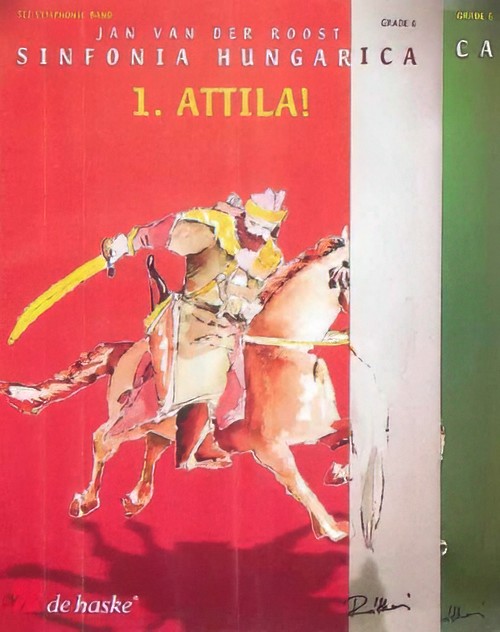 £551.99
£551.99Sinfonia Hungarica (Concert Band - Score and Parts) - Van der Roost, Jan
This three-movement symphony musically depicts the history of Hungary. Key historical figures, wars and other important events from this country inspired all three movements. The first movement depicts Atilla, the King of the Huns, and is characterised by fear, threat and aggression. The second movement focuses on Arpad, the founder of the Hungarian State and the final movement is named after Istvan, the King who introduced Christianity into Hungary. The beautiful theme of the national hymn appears throughout the symphony, however it is often partially hidden. It is used as a "thread," hardly recognizable at the beginning, becoming more and more obvious near the end and it concludes the symphony as the "final apotheosis," making the band sound like a majestic living organ.Duration: 12:45
Estimated dispatch 7-14 working days
